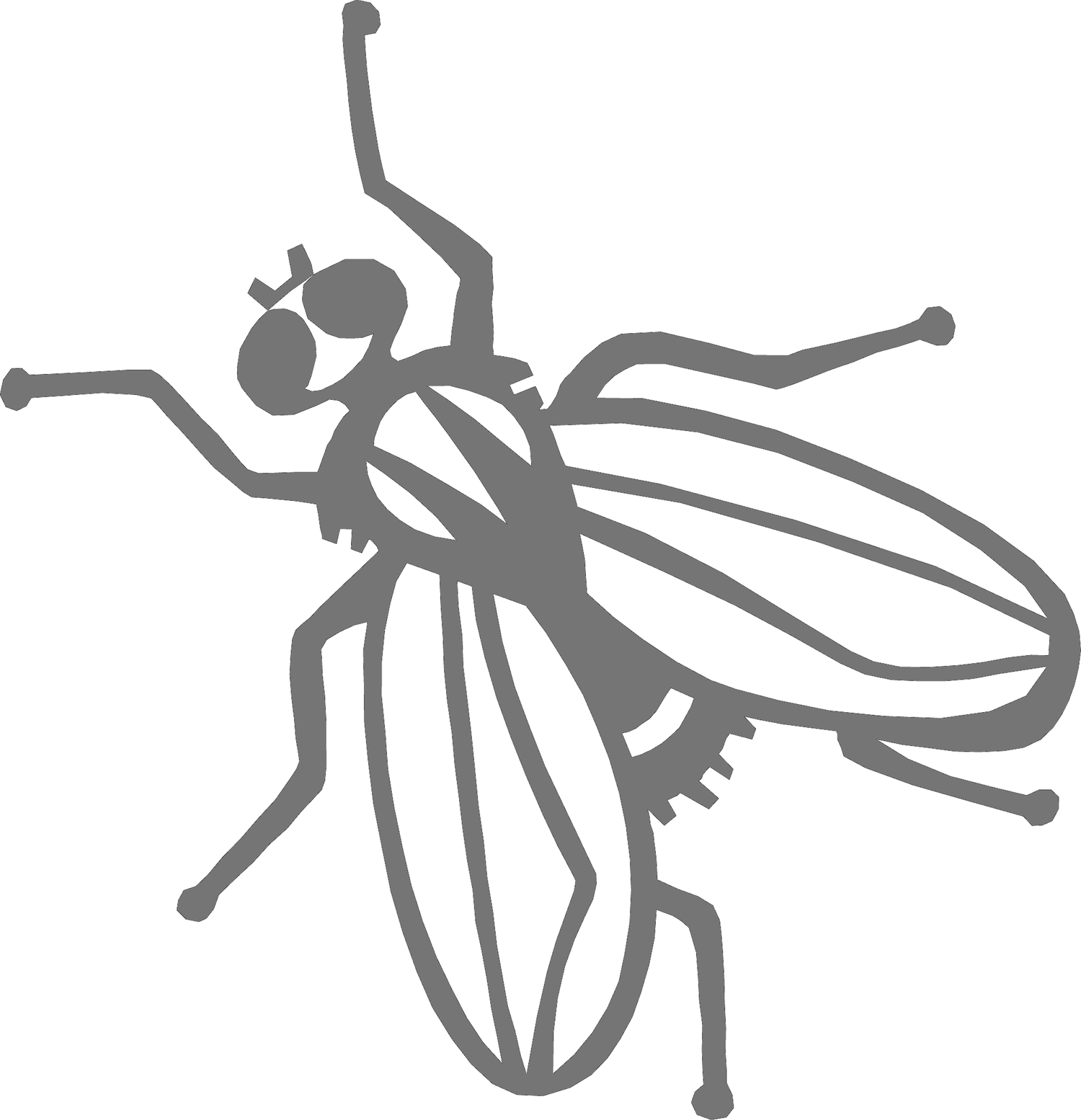Hey all,
In 2016, I kickstarted Saga of a Dying World, delivering it to backers in 2017. The process was a huge endeavor and I learned a ton. The game itself changed a huge amount, and ended up being a little over-designed and a little over-complicated - it's true!
So for my next game, I knew I wanted to go the opposite route: something simple and easy to learn, but with a lot of replayable strategy.
Hence, Colorblock. And to be honest: I think it worked. In the words of a good friend (and serious gamer) during his first game, "James, this is a great game."
It takes a lot of ideas and prototypes to find something that works really well. Sometimes, games change huge amounts from draft to draft - I have a prototype game with the working title of "the Tunnel Game" that's on it's fourth major revision, changing from a collaborative game to a game about underground betrayal to a race to the center of an asteroid. Some mechanics have stayed, in some form or another, but I'm still searching for the right combination and package. (Bless my poor friends, who are the guinea pigs for still more variations. "I hope it's more fun this time," I tell them again and again.)
Colorblock wasn't like that. It spent approximately five minutes as a game with black-and-white shapes and the same rough rules before I realized that it needed three colors to really make things tick. (Plus, as a theatrical lighting designer, I am all-in on combinations of red, green, and blue.) At some relatively early point I added the "incomplete board penalty" to resolve tied-games and encourage people to work on their own boards. From there, nothing major has changed, except for endless tweaking the type and number of the tiles.
That's not for want of trying. I don't think it will surprise anyone to learn that Colorblock is inspired partially by Carcassonne, a game with a truly insane number of expansions and rules complications. (A dear friend is trying to collect them all, to the point where playing the game is a multi-hour affair rivaling something like Scythe.) My way as a designer is often to add more - which is one of the reasons Saga ended up so complicated. I found design space in every nook and cranny: the cards can have different backs! The board can flip over! The character cards can transform! Other cards can be shuffled into the starting deck! We can have cubes and cards and coins and... well, so.
But, with the help of my enormously smart partner, I was able to hold to the idea that Colorblock was always about being different from Saga. That game was impressive in its design, but I don't think my poor parents (thank you, parents) had very much fun on their third playtest game of a new version. I've never asked, but I'm pretty sure they don't bring it out to play with their friends after a dinner party. With Colorblock, it's possible they might.
So I stopped adding stuff to Colorblock and stuck to the simple and good gameplay. I’ve experimented with adding special symbols or pieces that would change scores, or move tiles, or have other effects - and then I cut them, time and time again, because they weren't necessary to have a fun game.
Through-out the design process, I've been worried that I would end up with a "simple" game. (The fact that I see that as a negative thing says a lot about me as a gamer as well as a designer.) But sticking to my guns as given me something different. None of those extra bits or pieces were necessary for a strategic, replayable game - and keeping them out has actually strengthened the design. Rather than simple, I ended up with something elegant.
Anyway, Colorblock is available here, free to all and easily printed at home. Please check it out, share it around. Maybe it'll get a proper kickstarter and print run someday, but that's not really the world we live in right now (circa May, 2020, aka the first wave of Coronavirus). If you're locked in or just staying home by choice, I hope it livens up your days and nights a little.
And don't worry: just keep it simple, as much as you can.
